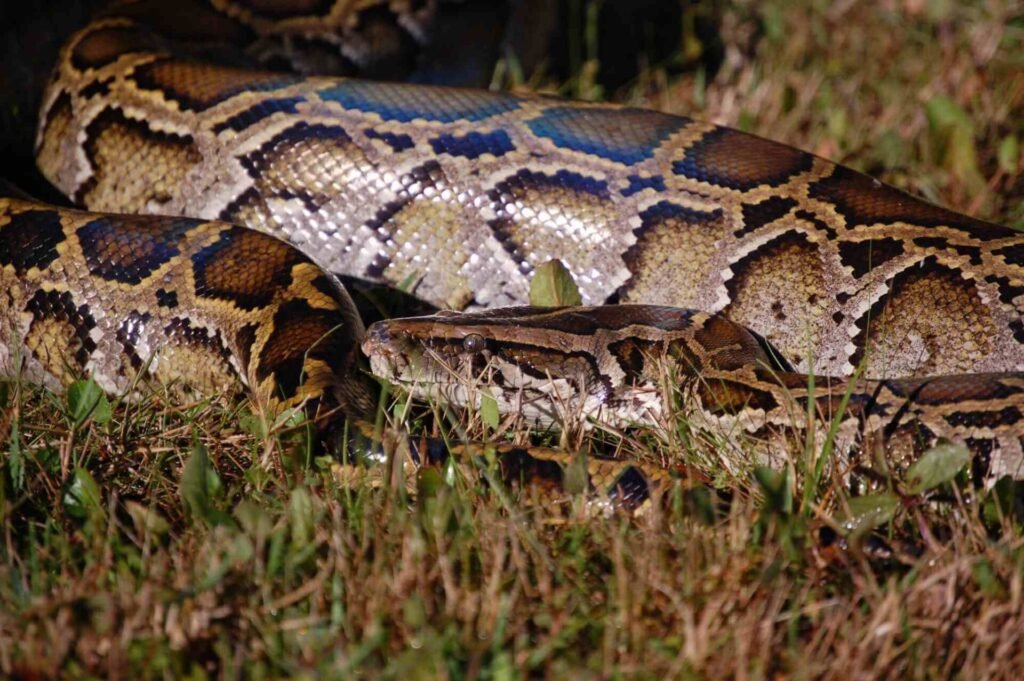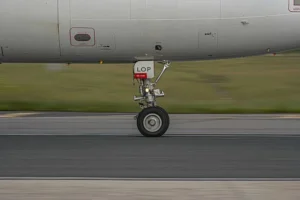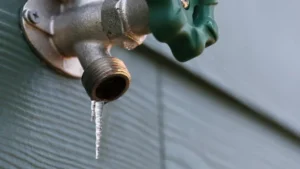Along the Chester Creek Trail in Anchorage, a hidden threat lurks beneath the surface. Invasive species, some of which have been present for decades, are harming local wildlife and disrupting the food supply for fish. Biologist Tim Stallard is on a mission to identify and mitigate these non-native plants.
The European bird cherry tree, the May Day tree, is a prime example. Originally planted as an ornamental, it has taken over the area, pushing out native species. This monoculture provides little to no food for moose and contributes fewer insects to streams, impacting salmon populations.
The issue extends beyond this trail, with approximately 50,000 invasive species introduced to Alaska. The public plays a crucial role in stopping the spread. As travel increases, so do the threats. However, efforts are underway to combat the problem.
Stallard and others work tirelessly to identify new invasive species and mitigate existing ones. Their work is crucial, as Alaskans rely heavily on natural resources for employment, recreation, culture, and food. The situation is dire, but with continued efforts, there is hope for preserving Alaska’s natural environment.
The impact of invasive species is far-reaching, affecting not only the environment but also the economy. Invasive species can outcompete native species for resources, leading to biodiversity. This, in turn, can impact industries such as fishing and tourism, which rely on a healthy and diverse ecosystem. By addressing the issue of invasive species, we can help protect Alaska’s natural resources and preserve its unique environment for future generations.
This news story was originally broadcasted by Alaska News Story.











